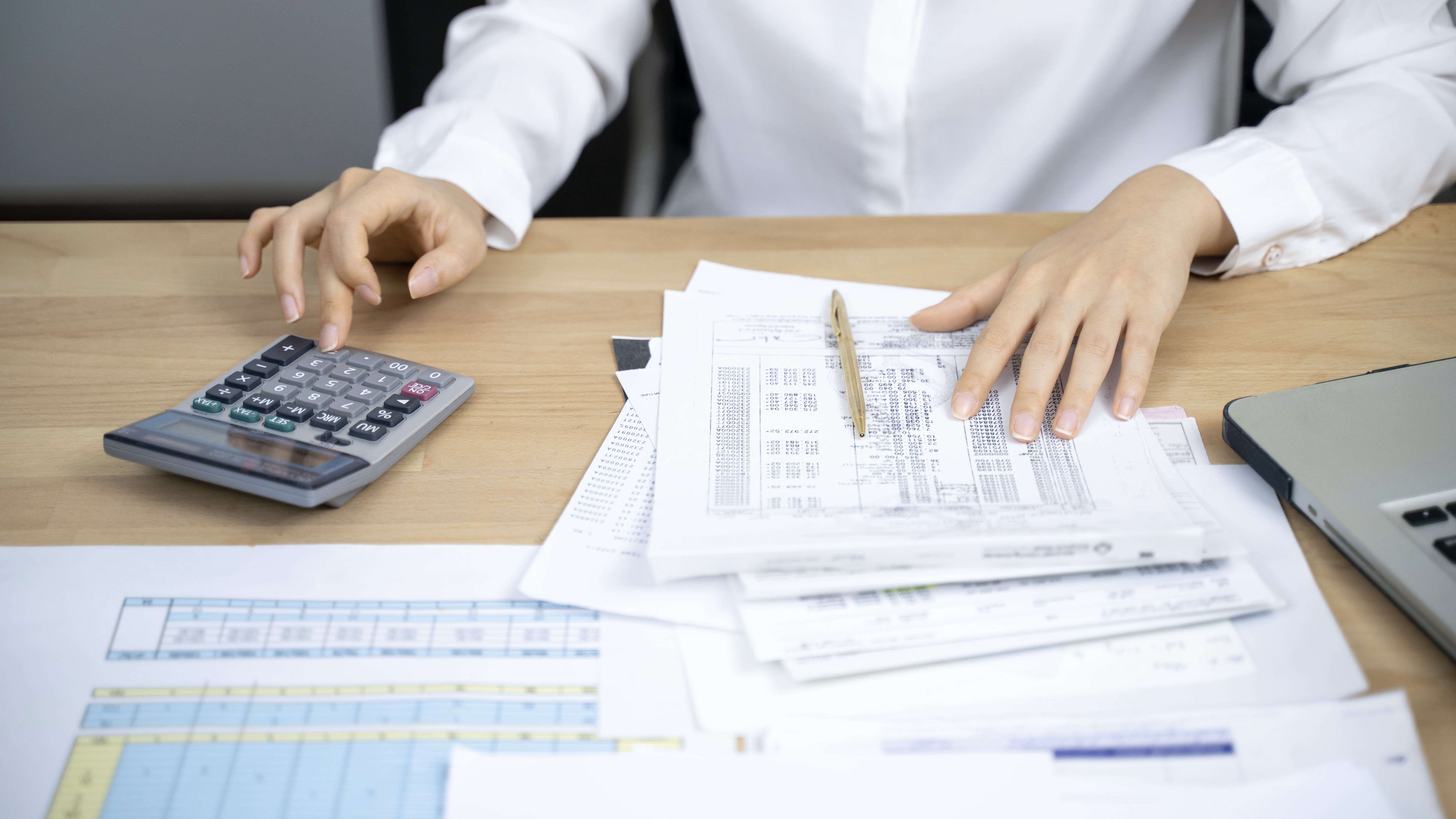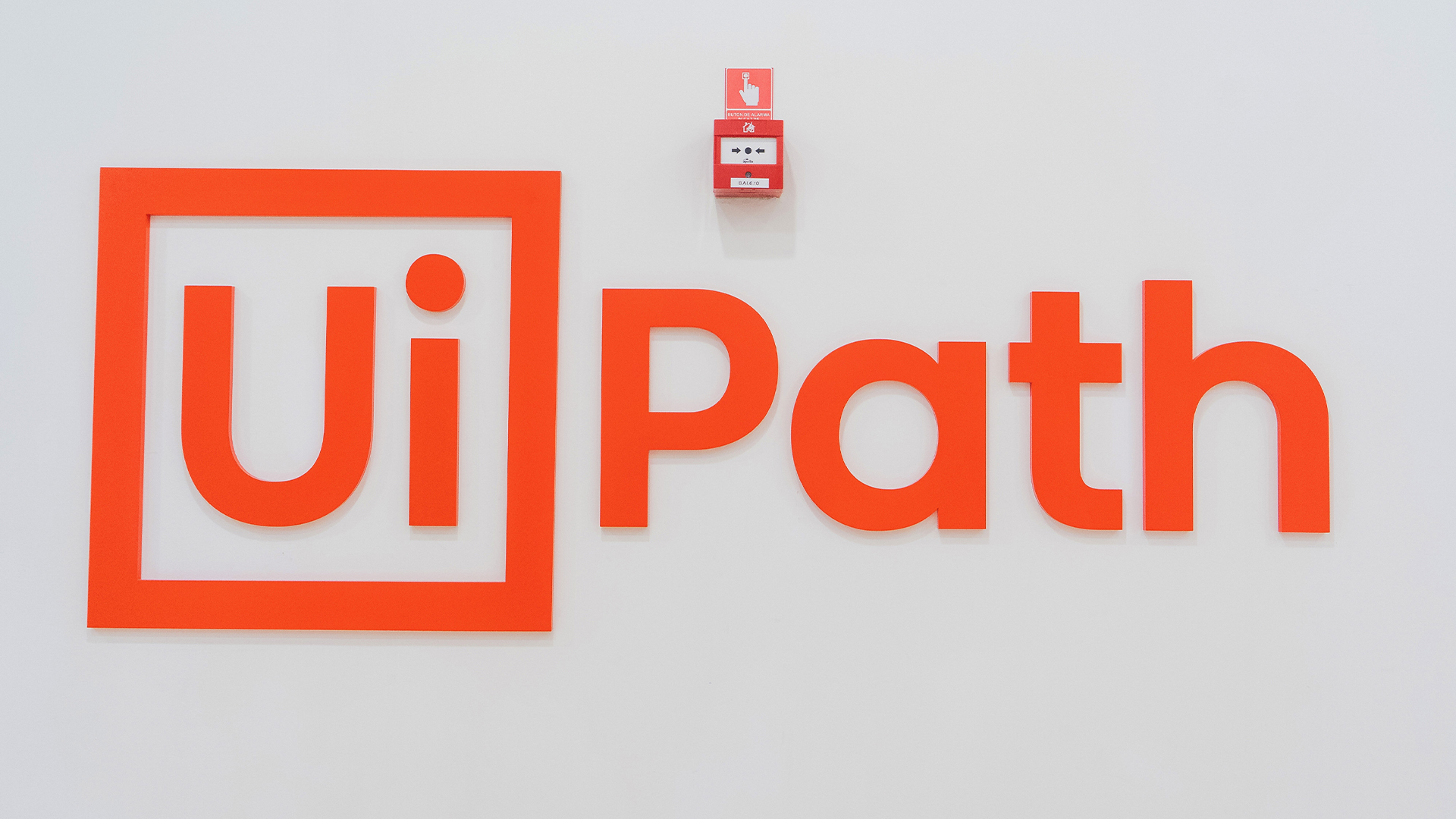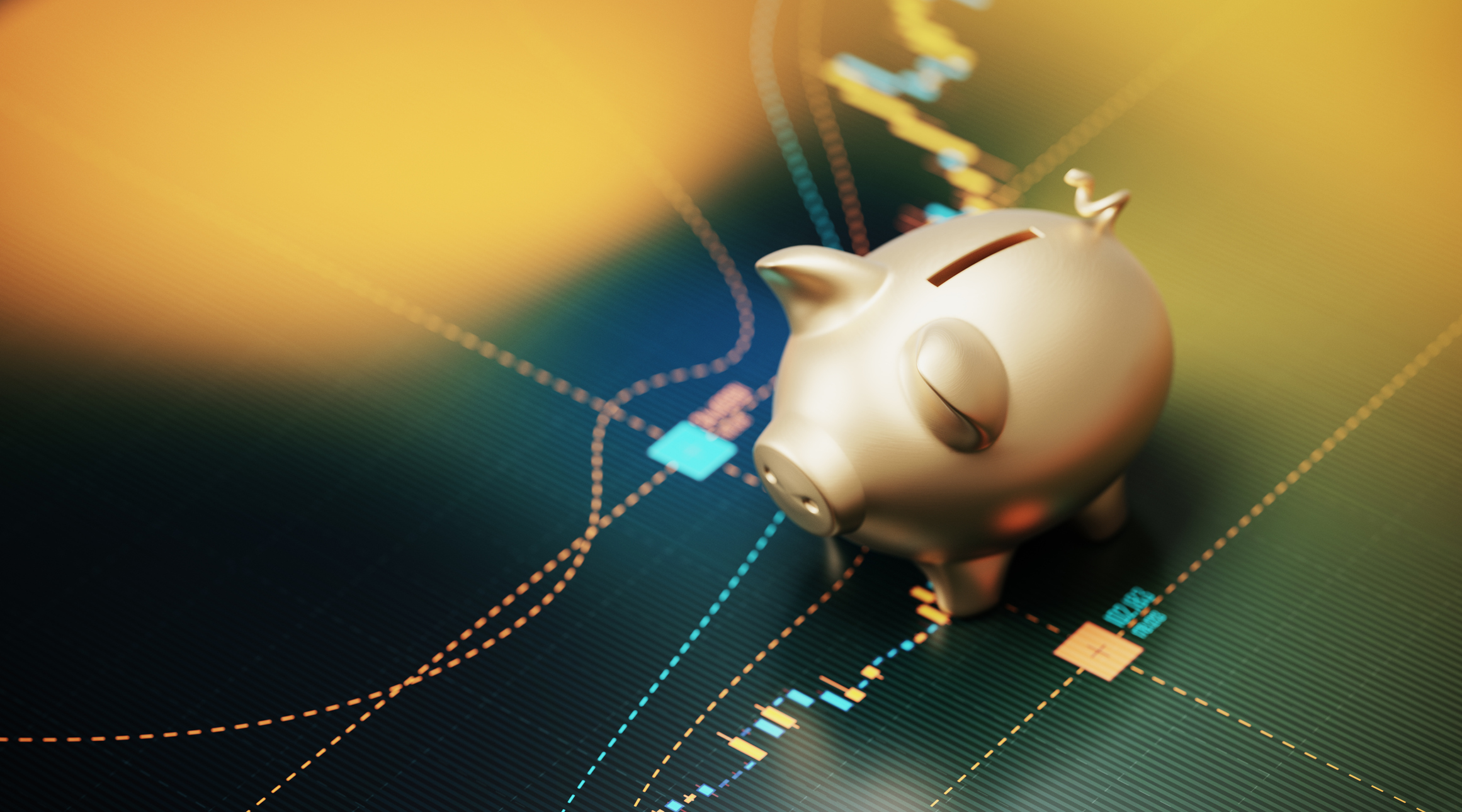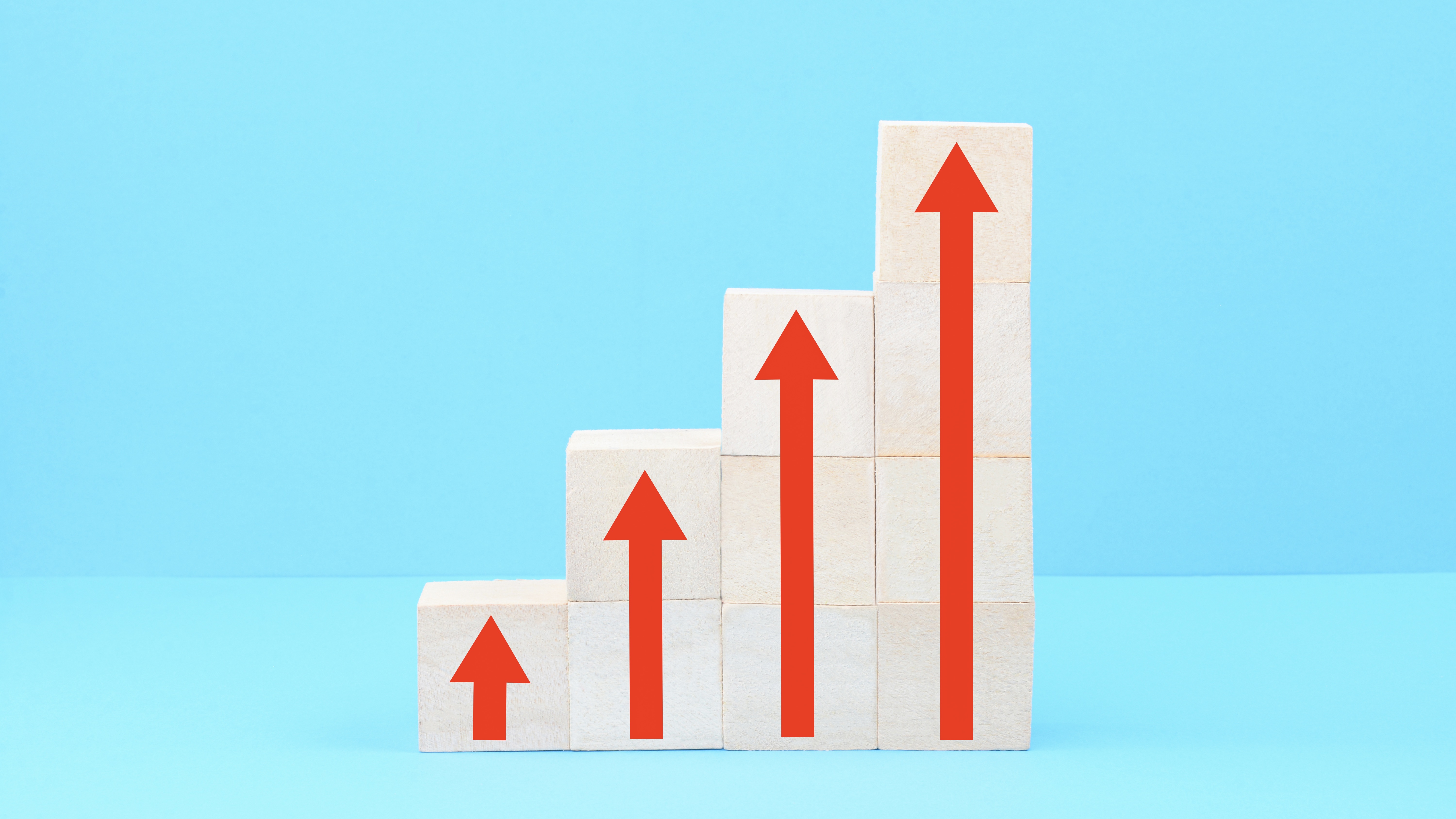Why energy efficient technology is key to a sustainable business
From reducing your carbon footprint to cutting expenditure, choosing the right appliances for your office can make a world of difference

Sustainability has been a focus for an increasing number of businesses over recent years, as the importance of behaving in an environmentally friendly way has become more and more important in society. Today however there is a new impetus that’s steering organisations even harder towards low-energy tech solutions – the energy crisis.
While the cost of energy has been rising slowly for some time, the geo-political tensions that began in February 2022 have sent gas prices through the roof. In a country where most of our heating and electricity comes from gas, this has had a profound effect.
Everyone has felt the pinch at a household level and increases in the energy price cap have been eye watering, with further increases expected in spring 2023. Outside of the domestic setting, however, the situation is even worse because for businesses, schools, hospitals and any other non-residential users, there is no price cap; when the wholesale price goes up, so do their energy costs with no maximum price per unit in place.
With no end in sight to the energy crisis, organisations must now find ways to reduce energy consumption, both for the sake of the planet and for the sake of their pockets.
Can’t live without it
Technology is a cornerstone of all businesses, no matter the sector or vertical. Even industries that at first blush appear to be less tech-forward, such as gardening or cleaning, will be using computers, phones and other types of technology to manage their operations and keep in contact.
Some sectors naturally use more technology and thus more electricity. According to research from the Department for Business, Energy and Industrial Strategy (BEIS), in England and Wales factories are – unsurprisingly – the type of building that uses the most energy in any non-domestic setting by quite some margin. The second highest, though, is offices.
Offices, perhaps more than any other kind of non-domestic building, contain a very high level of technology and electronic appliances all of which are necessary for the business to operate. They also require a significant amount of lighting and heating.
There are limitations to what businesses can do to limit their energy use and increase sustainability. In theory, they could replace ill-fitting, single-pane windows with more modern UPVC double glazing to prevent heat from leaking out. In practice, however, most businesses rent their premises, so anything relating to building maintenance and improvement is out of their hands.
Similarly, while it’s almost unheard of nowadays for an office of any significant size not to have motion-sensitive lighting, this would likely be the responsibility of the landlord, not the tenant. If it’s not in place, an organisation can request it but there’s no guarantee it would be installed.
Frugality without compromise
When it comes to energy efficiency and sustainability, the truth is modern appliances do it better. Often in guides for how homes can save energy you’ll see advice to turn your TV off completely rather than leaving it on standby, but this tip and similar ones offer diminishing returns. Most modern TVs use so little electricity on standby that it would only cost £12 a year more than turning it off when not in use. The same is true of monitors for desktop computers – providing you’re not using old CRT screens, turning them off at the plug rather than leaving them on standby isn’t going to save an awful lot of money, although there’s no harm in encouraging your employees to do it anyway.
Desktop computers themselves are something of a different story. While it’s fine to leave them in low power mode when not in use during the day, they should be shut down at the end of the working day for energy saving and cyber security reasons.
When it comes time to refresh your IT estate, it’s worth paying more for something that will use less energy, thus saving money and increasing your sustainability profile in the long run, than for something cheaper but less efficient.
One area that is often overlooked in this equation is printing. While email spelled the end of printing for a great deal of office communications – printed memos are mostly a distant memory – printers are very much still a part of office life. But they can also be incredibly resource intensive.
Thankfully, smart technologies exist to ease the situation. The Epson EcoTank range, for example, is an ideal asset for any business that prizes sustainability but also wants to keep an eye on expenditure, without compromising on quality.
EcoTank printers - such as the ET-5800, ET-5850, ET-5150, and ET-5170 models - use heat-free inkjet technology developed by Epson as part of its commitment to a sustainable future. This inkjet printing technology uses minimal energy compared to laser printing, which is commonly used throughout the business world, offering significant savings on electricity bills.
Importantly, the higher ink yield of the EcoTank - which Epson claims comes equipped with the equivalent of up to 72 cartridges worth of ink - means this technology offers a financial saving over time, and there are different models suited for the needs of any type and size of business – from a sole trader in a home office to the biggest of large enterprises.
A sustainable future
Energy efficiency is important for cost reductions in the present, but it’s also a key part of building a sustainable business. Even as we transition towards using new, clean and renewable energy sources, minimising the amount of energy we use is important. This isn’t the only element of sustainability, though.
What we use, the waste we create and how that waste is processed is pivotal to sustainability as well. When it comes to printing, this means two things: paper and ink.
Recycled paper is the clear answer to the first of these, with the quality of it increasing to the point where it’s virtually indistinguishable from virgin paper. For ink, however, the question has been far more tricky. Due to the different materials they’re made from, ink cartridges can be difficult to recycle and if not disposed of correctly can result in a high carbon footprint. Epson, however, also came up with a way to solve this: The ink in EcoTank printers is delivered through easily recyclable plastic bottles, significantly reducing their impact on the environment. A set of ink that accompanies the EcoTank can print up to 14,000 pages, thereby reducing the frequency for replenishing ink and subsequently the environmental burden this has on the recycling process.
Sustainability is not only a key part of being a responsible corporate citizen, it can also mean savings in a time of economic turmoil. So once you’ve finished at your desk for the evening and turned off your monitor, stop for a moment to see how else your business could reduce its energy consumption – before the automatic lights turn themselves off.
Sign up today and you will receive a free copy of our Future Focus 2025 report - the leading guidance on AI, cybersecurity and other IT challenges as per 700+ senior executives

Jane McCallion is Managing Editor of ITPro and ChannelPro, specializing in data centers, enterprise IT infrastructure, and cybersecurity. Before becoming Managing Editor, she held the role of Deputy Editor and, prior to that, Features Editor, managing a pool of freelance and internal writers, while continuing to specialize in enterprise IT infrastructure, and business strategy.
Prior to joining ITPro, Jane was a freelance business journalist writing as both Jane McCallion and Jane Bordenave for titles such as European CEO, World Finance, and Business Excellence Magazine.
-
 UK firms are pouring money into AI, but they won’t see a return on investment unless they address these key issues
UK firms are pouring money into AI, but they won’t see a return on investment unless they address these key issuesNews An SAP report projects increased AI investment, but cautions that too many organizations are taking a fragmented approach
-
 Intel makes high-level hires while factory workers are warned of layoffs
Intel makes high-level hires while factory workers are warned of layoffsNews The company is appointing four senior executives as part of efforts to refocus on engineering and customer relationships
-
 UiPath names Simon Pettit as new AVP for UK and Ireland
UiPath names Simon Pettit as new AVP for UK and IrelandNews The seasoned leader will spearhead region-specific transformation projects as UiPath looks to drive operational growth and customer engagement
-
 How to empower employees to accelerate emissions reduction
How to empower employees to accelerate emissions reductionin depth With ICT accounting for as much as 3% of global carbon emissions, the same as aviation, the industry needs to increase emissions reduction
-
 Worldwide IT spending to grow 4.3% in 2023, with no significant AI impact
Worldwide IT spending to grow 4.3% in 2023, with no significant AI impactNews Spending patterns have changed as companies take an inward focus
-
 Report: Female tech workers disproportionately affected by industry layoffs
Report: Female tech workers disproportionately affected by industry layoffsNews Layoffs continue to strike companies throughout the tech industry, with data showing females in both the UK and US are bearing the brunt of them more so than males
-
 How can small businesses cope with inflation?
How can small businesses cope with inflation?Tutorial With high inflation increasing the cost of doing business, how can small businesses weather the storm?
-
 How to deal with inflation while undergoing digital transformation
How to deal with inflation while undergoing digital transformationIn-depth How can organizations stave off inflation while attempting to grow by digitally transforming their businesses?


